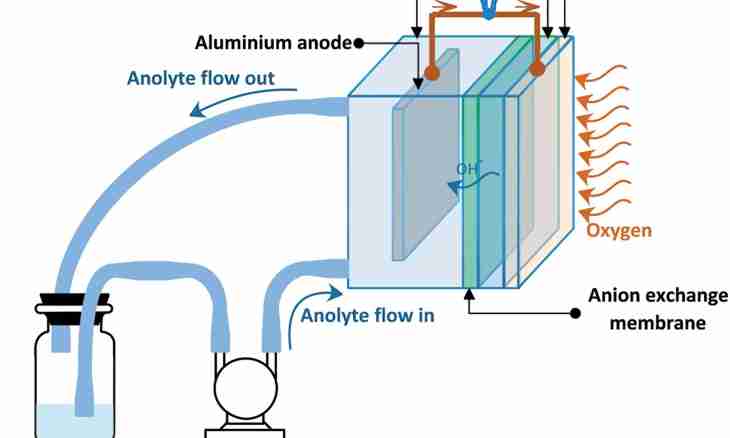Ethanol, or ethyl alcohol, as well as ethylene belong to organic compounds. Ethanol is a one-atomic alcohol, and ethylene – unsaturated hydrocarbon of a class of alkenes. However between them there is a genetic linkage according to which of one substance it is possible to receive another, in particular, from ethanol – ethylene.
It is required to you
- - device for receiving ethylene;
- - the sulfuric acid concentrated;
- - ethyl alcohol;
- - bromic water or permanganate of potassium;
- - heating device.
Instruction
1. Ethyl alcohol represents colourless liquid with a characteristic smell of alcohol. Ethanol is used for receiving ethylene. This experience is considered available and rather safe even for a school course of chemistry. Ethylene is a gaseous substance which visually is not possible for finding. However its existence is proved by high-quality reactions to unsaturated hydrocarbons.
2. For carrying out an experiment take a test tube with a stopper and an exhaust tube. Fix the device for receiving ethylene in a laboratory support. Pour 2-3 ml of ethyl alcohol in a test tube. Very carefully add there the concentrated sulfuric acid which needs to be taken in the quantity twice exceeding alcohol volume (that is 6-9 ml).
3. As heating will be necessary, surely add to the received mix a little clean (previously calcinated and cleaned from impurity) sand. It will protect mix from ejection from capacity. Close a stopper a test tube and begin to heat it. The concentrated sulfuric acid has the water taking away property that allows it "to take away" water. Reaction of dehydration, that is a water otshchepleniye will result. As a result gaseous substance – ethylene is formed.
4. As it cannot be seen, for confirmation of reaction make experiment. For this purpose miss an ethylene stream through the bromic water having brown coloring. There will be a decolouration of bromic water that demonstrates that there was a halogenation reaction (in particular bromination) ethylene. This reaction is qualitative on unsaturated hydrocarbons, namely on ethylene.
5. As bromic water - very poisonous connection, it is possible to replace it with potassium permanganate (ordinary potassium permanganate). Prepare the diluted solution of margantsovokisly potassium, acidify it sulfuric acid and miss through it ethylene. There will be a solution decolouration that also demonstrates presence of ethylene which was formed in the first experience.

